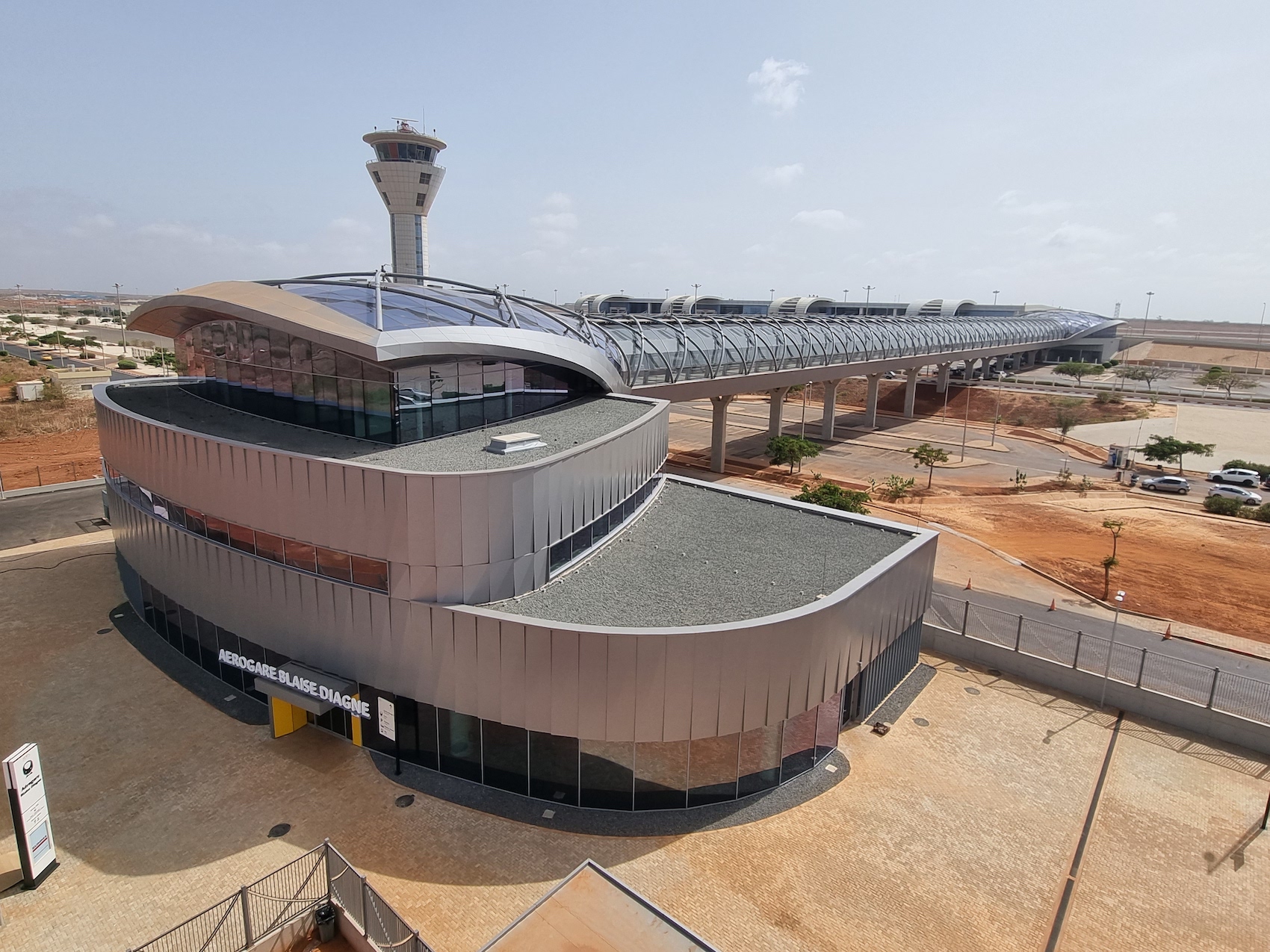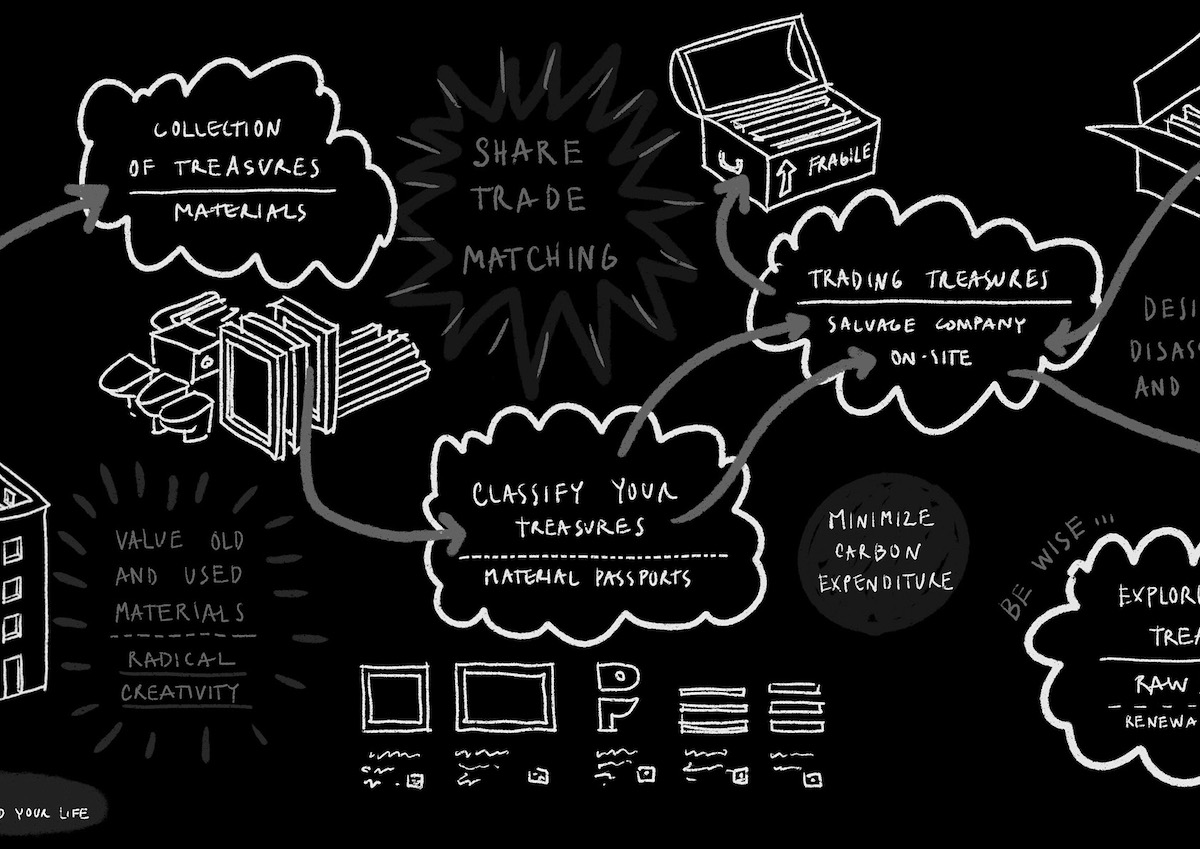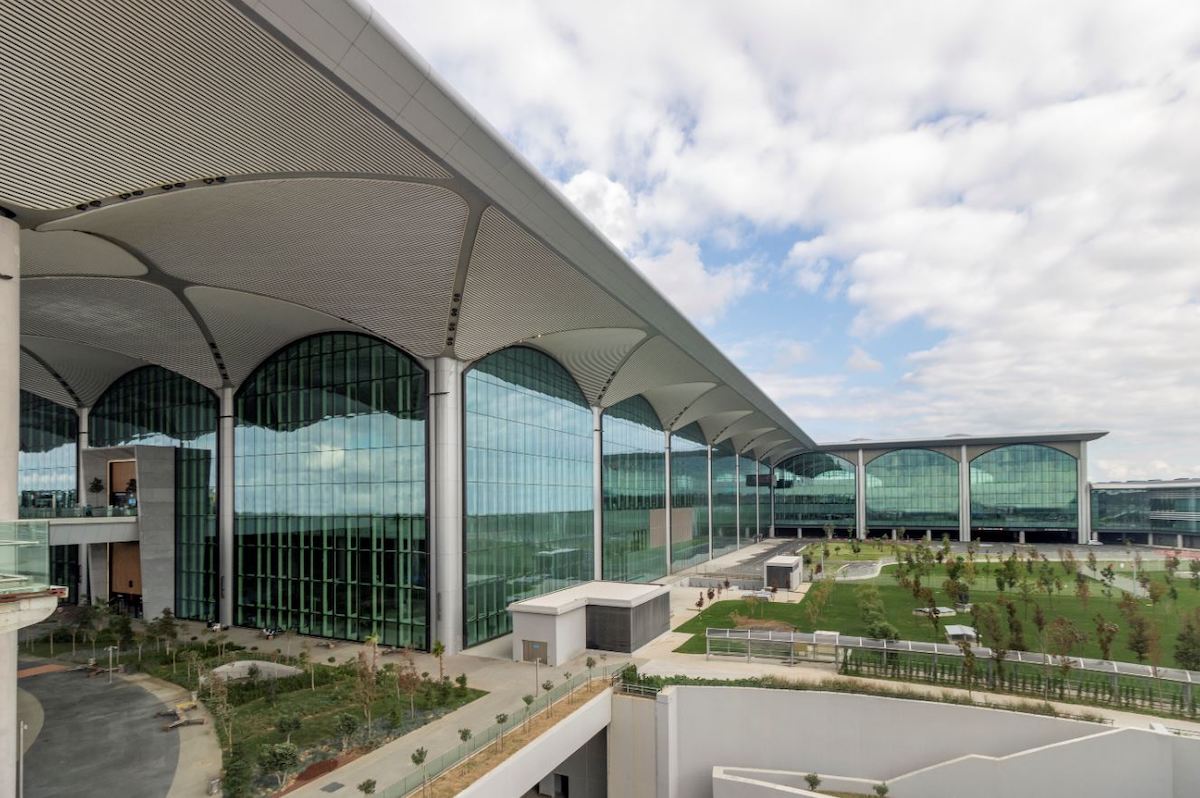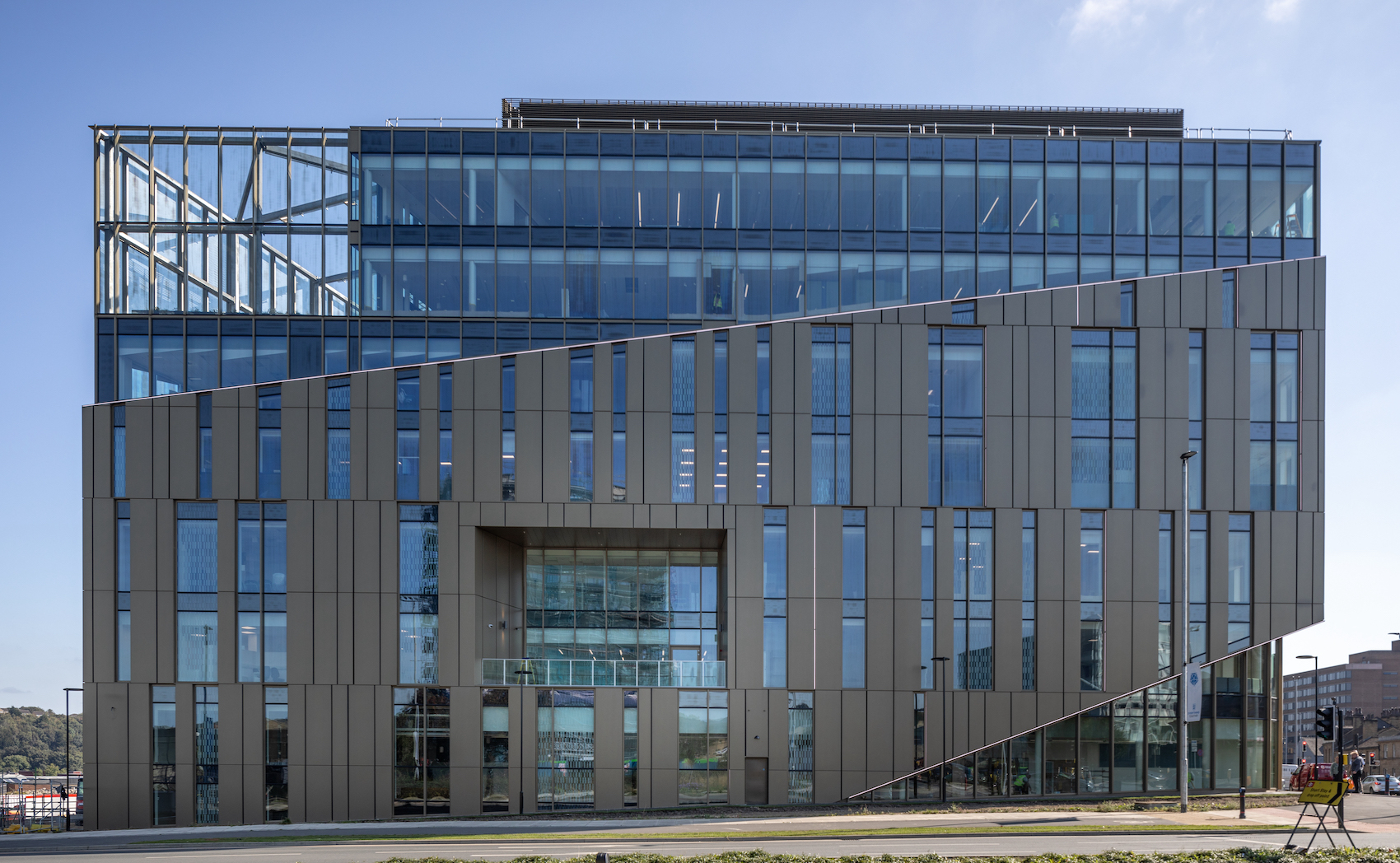An AT round table discussion, webinar and survey, supported by the Business Sprinkler Alliance, explored current thinking and best practice on designing for fire
Imagine a building in which there were firefighters on duty all day every day. How safe would that make you feel? Ian Cox, chair of the Business Sprinkler Alliance (BSA) and a former fire chief, believes that this is possible – the firefighters are called sprinklers. “One reason I am a fan of sprinklers is that they are effectively a firefighter on duty 24/7,” he said. “So if things do go wrong they stop it from getting worse.”
Cox was speaking at the first of a pair of events that Architecture Today organised with the BSA discussing issues related to fire. The main points discussed were the confusion and lack of understanding post-Grenfell, and the lack of appreciation of the fact that following minimal guidance gives only minimal results.
In association with![]()
Participants
Ahmed Allam
Director of Fire Engineering, Cundall
Paul Bussey
Technical Design: CDM/Fire/Access Lead, Allford Hall Monaghan Morris
Iain Cox
Former fire chief and chair of the Business Sprinkler Alliance (BSA)
Jane Duncan
Director, Jane Duncan Architects
Chris Jarvis
Associate Partner, Sheppard Robson Architects
Mark O’Connor
Director, Structures & Head of Specialists, Property & Buildings, WSP
Tom Roche
Senior Consultant Codes & Standards, FM Global
Measuring success
Tom Roche, a senior consultant for codes and standards with insurer FM Global, asked, “What is the successful outcome in the event of fire? Is it just that everybody gets out safely? Is the building disposable?” “Regulations provide the minimum,” said Roche. “But won’t give all the outcomes you want. Don’t assume you will get what you want. Regulations are designed to protect the people within the building, but not the building itself. If you want to be resilient, and use the building tomorrow, you have to specify this.”
Yet few people understand this. A survey that the BSA carried out in 2016 of 442 SME owners, found that 69 per cent thought that complying with Building Regulations meant that their premises were adequately protected from fire. While protecting life must be the first concern, loss of premises can have a catastrophic effect on a business. There is not just the loss of contents and the cost of rebuilding, there is also the lost business during the recovery period – if there is a recovery. There are well-documented cases where businesses have gone bust as a direct result of the losses experienced in a fire.
Sustainability and fire
Another hot issue was sustainability – in particular, that if a building is to be truly sustainable then it has to survive a fire. Otherwise all that embodied energy literally goes up in smoke. Chris Jarvis, associate partner at Sheppard Robson Architects, said, “To be truly sustainable we should design buildings thinking about the implications of fire events. If huge elements of the building need to be refurbished that reflects badly on sustainable credentials.”
Roche added, “It amazes me to see a building that has a fantastic BREEAM rating and wins awards, and in a fire it completely burns to the ground. I think, but surely all those sustainability credentials just went up in smoke. When people are striving to make their buildings green, they might realise that there is something they have to address with fire resilience, otherwise those green credentials are transitory.”
Paul Bussey reminded the audience that approved documents are not mandatory
Going beyond the Building Regulations
Sadly, there is an even more serious issue. While one can talk about a lack of understanding that regulations are merely there to protect life, in too many cases they do not even do that. The most obvious example is the Grenfell tragedy. Paul Bussey, who is the lead for CDM, fire and access at Allford Hall Monaghan Morris, said that the industry was guilty of a complex, creeping and collective myopia. “The Building Regulations of 2010 have five functional requirements, which are aspirational but very vague, ambiguous and non-prescriptive,” he said. “Grenfell failed in all respects.”
The other weapon in the armoury is Approved Document B, but Bussey reminded the audience that approved documents are not mandatory. And although the Building Regulations say they should be satisfied by following the relevant guidance, “It is very clear that people don’t.” In a sobering talk, he looked back through earlier guidance and showed how much of it had been watered down or ignored. “We are all at fault,” he said. “This is a systemic failure.”
Fire safety survey results
In the wake of the revelations of the Hackitt review of Building Regulations and fire safety, Architecture Today surveyed the profession. Of 102 architects who responded to the questions ‘Are you working differently following the Hackitt report?’, only 55 said yes. And fewer than 60 per cent said that their clients were asking for more information on fire safety at the design stage.
Despite the strong feeling that the regulations should be treated as a minimum requirement, when asked, ‘Are your clients now requesting specific measures that exceed regulatory guidance?’ only 40 per cent answered yes, despite the fact that nearly half of clients were interested in going beyond the regulatory guidance.
Asked about the impact on project costs of the proposed regulatory changes, half the respondents said that they believed project costs would increase as a result by a modest amount. Another 25 per cent thought costs would rise ‘a lot’, with the rest of the answers split between ‘a great deal’ and ‘a little’.
Fire strategising
Another problem highlighted in discussions was that too often a fire strategy produced at the design stage is not carried through the life of the project. Ahmed Allam, director of fire engineering at Cundall, said, “Most of the perception at the moment is that the fire safety strategy is only a design document. But a fire safety strategy is a living document that goes all the way from planning through the design into the construction and operations stage. Any changes in the building should dictate changes in fire safety strategy.”
Tom Roche stressed that, “The built environment continues to change. Buildings can change uses. What we designed in first place for fire may not be appropriate for some of those changes.”
Graph from Mark O’Connor’s presentation showing fire behaviour
Prescription versus performance
There was considerable discussion about the difference between a prescriptive solution, that dictates what must be done, and a performance-based approach. Mark O’Connor, director and head of specialists in property and buildings at WSP, said, “If you follow the rules you are deemed to be able to satisfy the requirements of fire safety. But it is difficult to write prescriptive rules that are applicable to every building. There will be deviations. As fire engineers, we have to develop an alternative fire safety approach.”
He talked about the importance of addressing a fire early – of detection and suppression to prevent a fire developing, and of compartmentation to prevent a developing fire spreading.n In contrast, O’Connor said, “Structural fire protection only becomes important when you have a severe fire. It is better to spend money at the front end of the process.” He argued that a fire strategy should be tailored to individual buildings and that performance-based design is likely to be more economical than prescriptive approaches because it concentrates on the actual performance of the building. “A better understanding of the actual behaviour of the building during a potential fire can identify more critical aspects of the overall fire strategy,” he said.
Graph from Mark O’Connor’s presentation showing fire protection systems
The importance of sprinklers
“In terms of suppression there are a lot of misconceptions about sprinklers,” said Ian Cox. “People think that they will all go off at once and that the water damage will be awful. But, You can recover stuff that is damp. You can’t recover stuff that is ash. Sprinklers are one of the most effective means of fire safety.”
He criticised the lack of clarity, with requirements for example to have sprinklers in residential buildings over 30-metres high, but not in hotels or student accommodation. Cox also stressed that the building itself should be sound – that sprinklers on their own are not enough. “When we are concerned about building quality, we should get everything, including the fire design, right,” he said. “The phrase value engineering means strip it to the bone.”
Rediscovering fire safety’s ‘golden thread’
And for Jane Duncan, former president of the RIBA, “The whole thing is about quality. We have lost pride in what we are producing for people. A building has become an asset – we don’t take joy in it.”
Cox talked about a ‘triangle of non fire’ which comprises appropriate regulation, enforcement and competence. Proposed changes to the Building Regulations will bring in new single points of responsibility.
It is to be hoped that this will not only change organisation but also industry attitudes. This is essential if the ‘golden thread’ is to work – the concept of fire safety being carried through from inception to operation. It is worrying that in a CIOB survey in September of 156 built-environment professionals, 82 per cent said that industry culture was the biggest obstacle to implementing the golden thread.
Tom Roche made the point that fire regulations are designed to protect people inside the building, but not the building itself (ph: Diego Philipps Padilla)
What these discussions showed is that there is a lot of good will and impetus to change in several quarters. There is also some fantastic knowledge, but it is not sufficiently widely disseminated. Paul Bussey asked, “What do people do in the building? Are they asleep or awake and aware? Rather than breaking regulations into dwellings and other buildings, we have to design for the most vulnerable. Can we start by getting some legislation reflecting that and that is comprehensible? Without proper legislation how can we be judged to be confident or incompetent?”
Let us hope that with new legislation, and the hunger for knowledge that has been demonstrated, we can rediscover the golden thread, and the industry can most definitely be judged to be competent.
Contact Details
The ‘Fire Fundamentals’ round table can be viewed here. For more information please contact the Business Sprinkler Alliance by email or visit the website.




















